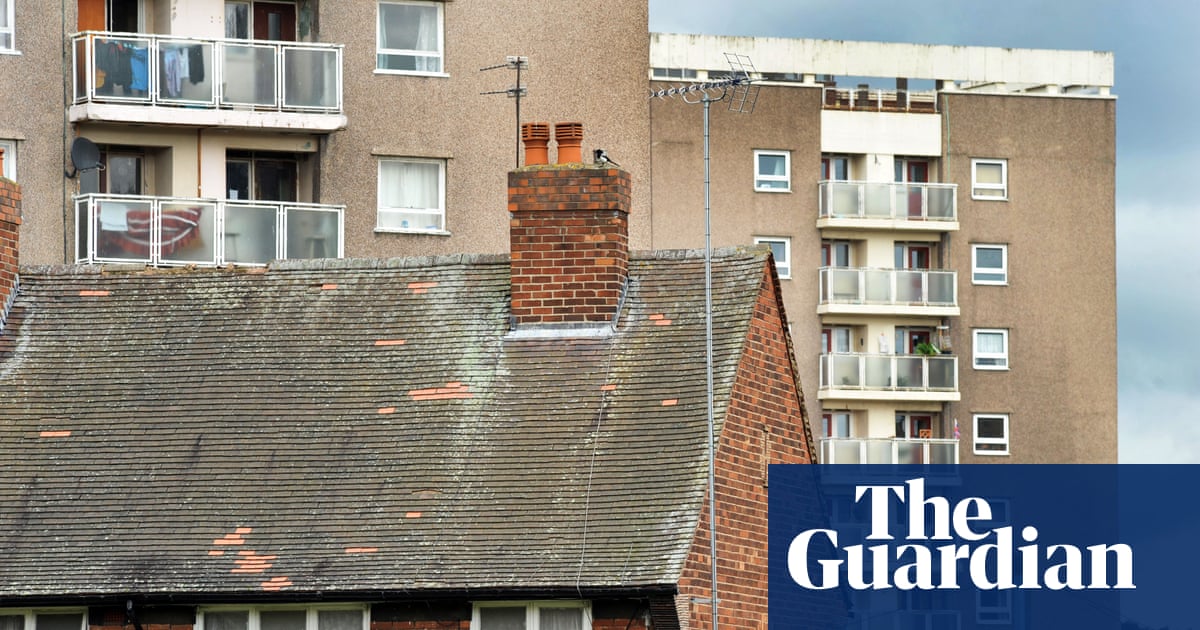- Dwelling On It
- Posts
- Digital Twin Housing: Beyond BIM
Digital Twin Housing: Beyond BIM
Connecting data, compliance and homes in a single living record

What Is a Digital Twin in Housing?
A digital twin integrates live sensor data, regular maintenance updates, resident feedback, environmental monitoring (like humidity or temperature), and compliance documents into a linked virtual model. Unlike BIM, which records design intent and construction details at a project’s launch, a digital twin provides a real-time, evolving picture. It enables simulation scenarios such as:
Delaying major works to judge downstream impacts on asset condition and resident wellbeing.
Testing the outcomes of energy retrofits over different seasons for carbon and cost projections.
Mapping areas at greatest risk of damp based on current environmental readings and historical repair data.
Through these analytical capabilities, digital twins transform passive record-keeping into a proactive tool for asset management, compliance, sustainability, and resident safety.
Why Digital Twins Are Needed Now
The regulatory landscape is shifting in the UK, notably with:
Awaab’s Law (from October 2025), requiring faster action on hazards such as damp and mould.
Decent Homes 2, raising the bar for energy efficiency, safety, and living conditions, demanding evidence-based asset management.
The Building Safety Act, which obliges higher-risk building owners to maintain a continuous “golden thread” of information, digital twins are an effective way to meet this requirement.
Traditionally, landlords have relied on periodic surveys and static data. With regulators now expecting real-time insight and predictive risk management, a digital twin is poised to become a foundational tool, especially for high-risk properties.
Early Practice and Lessons Learned
Several pilots demonstrate the tangible benefits and practical pathways for digital twins in social housing:
Clarion Housing, in partnership with Bentley, developed a safety-focused twin capturing live floorplans, compliance status, and critical asset updates—helping clarify regulatory responsibilities and anticipate maintenance needs.
Dublin City Council worked with IES to build a retrofit twin capable of testing energy, comfort, and carbon scenarios before investing—offering financial and resident wellbeing forecasts.
London Boroughs have piloted humidity sensor integrations with repair records to actively pinpoint and prevent damp issues, supporting faster, more targeted interventions.
These examples highlight that digital twin adoption is most effective when focused on high-risk blocks, archetypal housing, or targeted retrofit projects, rather than attempting a universal rollout from the outset.
Key Challenges
Several hurdles must be addressed for widespread implementation:
Data Quality: Many landlords lack comprehensive, accurate records, a prerequisite for building reliable digital twins.
Upfront Investment & Culture: Digitally enabled asset management requires capital, new skills, and a mindset shift towards ongoing simulation, not just one-off projects.
Privacy & Ethics: Continuous monitoring must respect resident privacy, meet data protection regulations, and be transparent about how data is used.
Scalability: Not all units require twins, prioritising blocks with safety concerns, shared archetypes, or those undergoing retrofit yields the best return at manageable risk.
The Strategic Opportunity
Regulatory nudges like the “golden thread” and Awaab’s Law suggest external pressure to adopt digital twins will increase. Early adopters who experiment at a manageable scale (single blocks or estates) can shape best practices, data standards, and resident engagement, turning compliance into strategic advantage.
Reflective Scenario
If choosing a single estate to create a digital twin, priority should be given to:
High-rise blocks with known historic risks (e.g., damp, fire safety, poor energy performance).
Estates due for major retrofit or where regulatory scrutiny is high.
Properties with diverse occupant profiles or known repair issues.
A digital twin of such a block would likely reveal:
Hidden maintenance patterns (e.g., recurring issues, root causes of damp).
Energy wastage hot-spots, supporting targeted efficiency upgrades.
Proactive alerts for non-compliance, linking sensor input directly to management action.
Conclusion
Transitioning beyond BIM to digital twins offers social housing landlords a powerful, future-proof way to manage compliance, resident wellbeing, and asset longevity. Early pilots show tangible value; the sector’s main choice is whether to wait for regulation, or start on its own terms, crafting practical approaches and ethical frameworks to ensure the technology delivers sustainable benefits.


